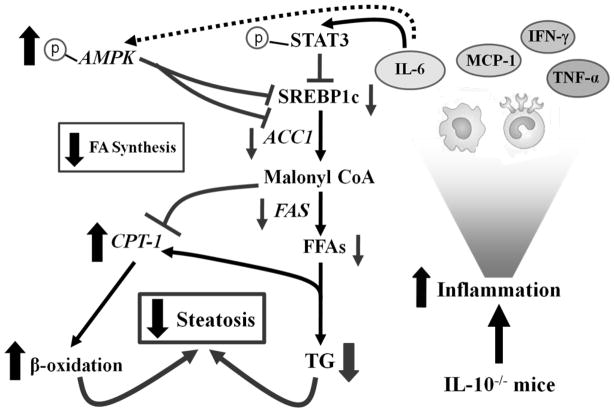Figure 7. Increased inflammation-associated IL-6/STAT3 activation ameliorates steatosis in ASH and NASH in IL-10−/− mice.
During feeding with an ETOH or a HFD diet, IL-10−/− mice are associated with increased inflammatory response and production of a variety of cytokines. Among them, TNF-α, IFN-γ, and MCP-1 may promote steatosis, liver injury and inflammation, while IL-6 activates STAT3 in hepatocytes subsequently downregulating SREBP-1c, ACC1, and FAS, resulting in the abrogation of fatty acid synthesis. IL-6 also stimulates the phosphorylation and activation of AMPK, which subsequently inhibits the expression of SREBP1c and its target genes, and phosphorylates and inhibits ACC1, collectively resulting in the stimulation of β-oxidation. It is likely that the anti-lipogenic effects of IL-6/STAT3 on hepatic steatosis dominate the lipogenic effects of other factors in IL-10−/− mice, leading to the resistance of these mice to alcohol and HFD-induced steatosis.

